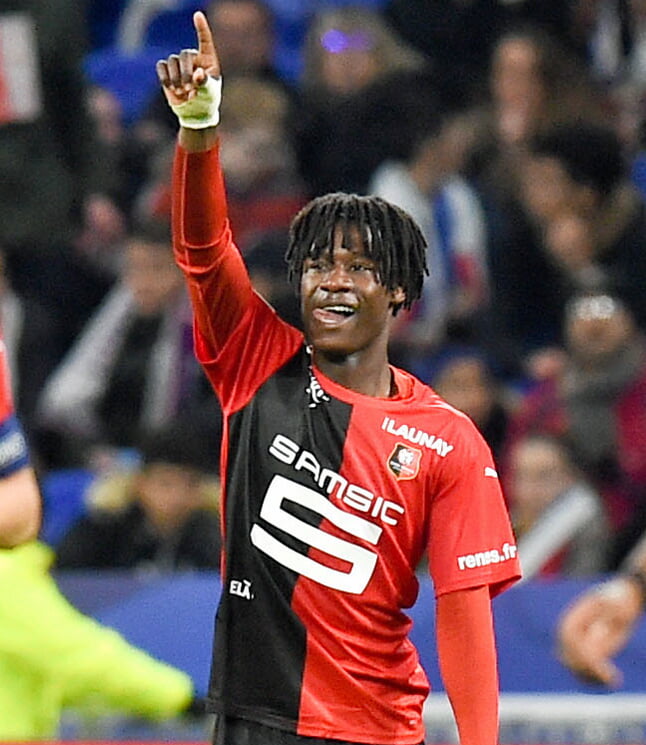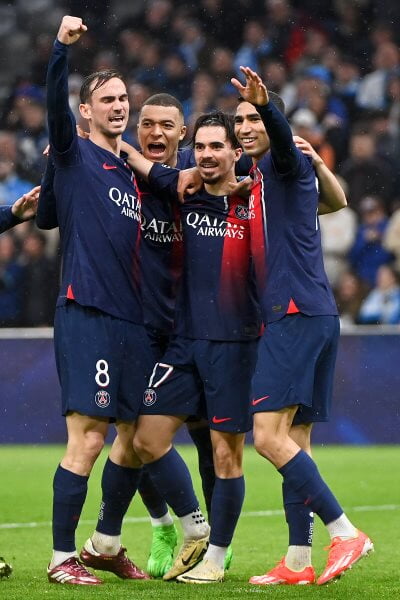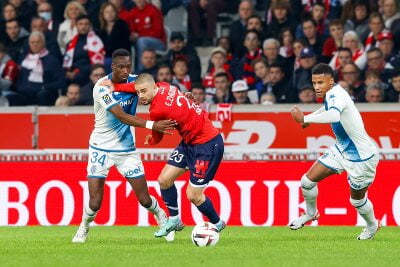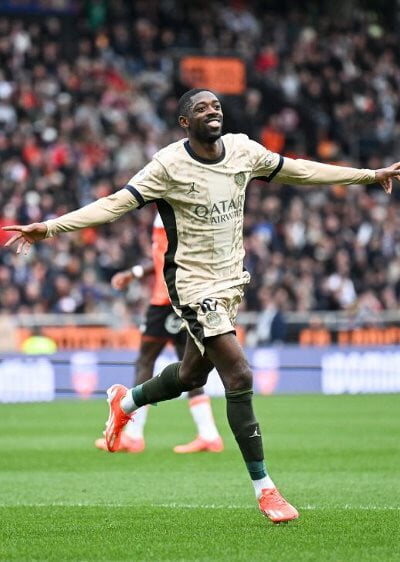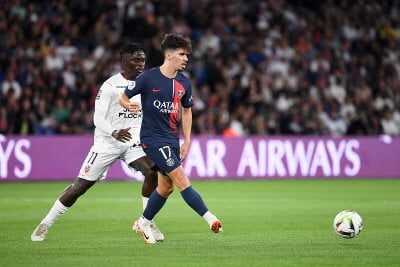Stade Rennais FC have been enjoying a resurgence recently, winning the Coupe de France and then achieving their highest ever Ligue 1 finish. Ligue1.com tells you all you need to know about the Brittany side who will enter the UEFA Champions League for the first time next season.
History
Stade Rennais were founded way back in 1901 as a football, athletics and hockey club who wore sky blue and navy blue shirts similar to those of Le Havre, France’s oldest club. It was following a merger with FC Rennais in 1904 that the club began to wear the red and black we associate with them today. In their early years Rennes were a prominent club, becoming champions of Brittany three times in the first decade of their existence. In 1922 the club reached the Coupe de France final for the first time, losing 2-0 to Red Star. They then went on to join the first ever French professional league in 1932-33.
The German-born Walter Kaiser was the division’s joint-top scorer that season with Rennes as they finished a solid sixth. Disappointments were around the corner, though, with another Coupe de France final defeat in 1935 - at the hands of Olympique de Marseille - and then relegation in 1937.
Cup specialists
However, Rennes were back in the top flight for the first season back after World War II and indeed spent just four seasons outside the elite in the first three post-war decades. They came fourth in 1949 and did so again in 1965 in what remains possibly the finest season in their history. Under the stewardship of Jean Prouff, Rennes also won their first major trophy of the modern era that year, beating Sedan to win the Coupe de France in a replay, coming from behind to triumph 3-1. They had already come from behind to draw the first match 2-2 at the Parc des Princes. The following season, their first foray into Europe proved short-lived as they lost to Dukla Prague in the first round of the Cup Winners’ Cup.
Les Rouge et Noir won the Coupe de France again in 1971, this time beating Olympique Lyonnais 1-0 in the final with a solitary goal from the penalty spot by André Guy. He had only arrived at the club in January that year from Lyon, where he had been so prolific. Also scorer of a brace in the semi-final against Marseille, he left that summer for Toulon.
Decline
After that success, Rennes again lost at the first hurdle in the Cup Winners’ Cup the next season, going out to Scottish giants Rangers, and remained a mid-table side in the league. Prouff stepped down in 1972 and the decline set in, just as their neighbours and rivals FC Nantes were cementing their reputation as a major force in the French game. Their relegation in 1975 was the first of five over the next two decades as Rennes endured financial problems and became something of a yo-yo team.
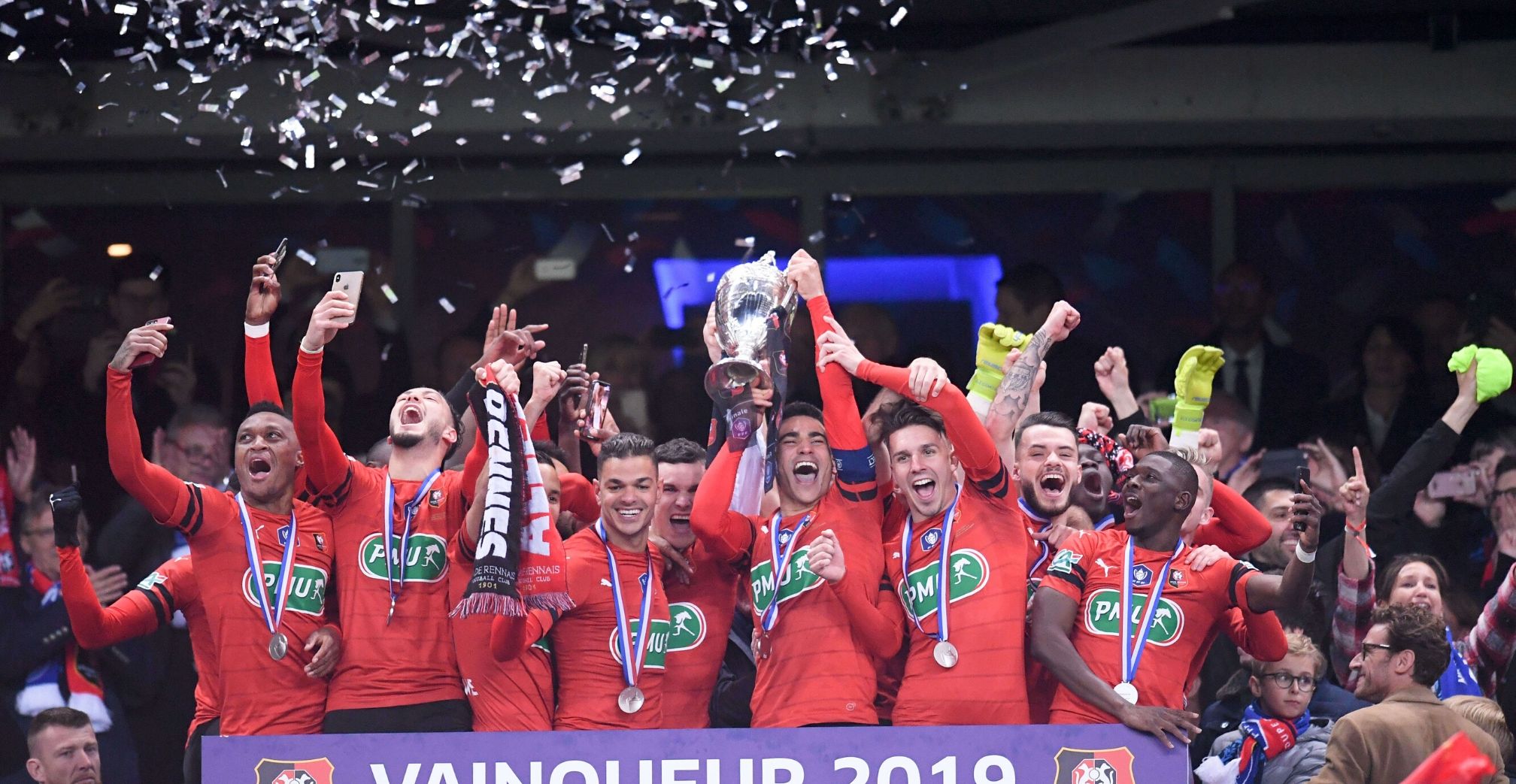
Revival under Pinault ownership
They returned to the top tier for the last time in 1994 and have been there ever since, becoming transformed in the late 1990s as wealthy businessman François Pinault bought into the club and their stadium, the Stade de la Route de Lorient, was modernised. One of France’s richest men, Pinault became the majority shareholder in 1998 and his first season saw a young Paul Le Guen lead the team to fifth place, their highest finish since 1965.
Rennes’ new-found ambition was made clear when they splashed out the equivalent of 21 million euros to sign the young Brazilian forward Lucas Severino from Atlético Paranaense in 2000. He remains the club’s record signing but was a flop in Brittany and was loaned back to his homeland before departing for good in 2004 when he moved to Japan.
Underachievers
Over the following years Rennes established themselves as a force at the top end of the French game, coming fourth in 2005 and in 2007. But they were developing a reputation as underachievers, despite the money ploughed in by the Pinault family. They failed to win a game in two UEFA Cup group-stage campaigns on the back of those fourth-place finishes.
At the end of that campaign they finally made it back to the Coupe de France final and were heavy favourites against Brittany neighbours En Avant Guingamp, but lost 2-1 despite going in front through a Carlos Bocanegra goal. Remarkably, they again lost to Guingamp in the 2014 final, while AS Saint-Etienne beat them 1-0 in the Coupe de la Ligue final in 2013.
Silverware again, at last
The Bretons had somewhat drifted back into the doldrums before Sabri Lamouchi became coach in late 2017 and led the team to fifth place, their best performance in more than a decade. Lamouchi was then fired after a poor start the following season, but the appointment of Julien Stéphan in December 2018 has catapulted the club to the next level, at last.
Under Stéphan, Rennes enjoyed their best ever European run, qualifying from their Europa League group and eliminating Real Betis before beating Arsenal 3-1 at a raucous Roazhon Park in the first leg of the last 16. Their run was ended after a 3-0 defeat in London in the return, but the best was still to come as Rennes stunned Paris Saint-Germain in the Coupe de France final, coming from 2-0 down to draw 2-2 before winning on penalties to claim their first major silverware in 48 long years.
Rennes built on that in 2019-20, and although the campaign was cut short after just 28 games because of the coronavirus pandemic, they finished third, their highest ever placing, to secure a spot in the UEFA Champions League qualifying rounds for the very first time. The potential has long been there, and Rennes are finally fulfilling it.
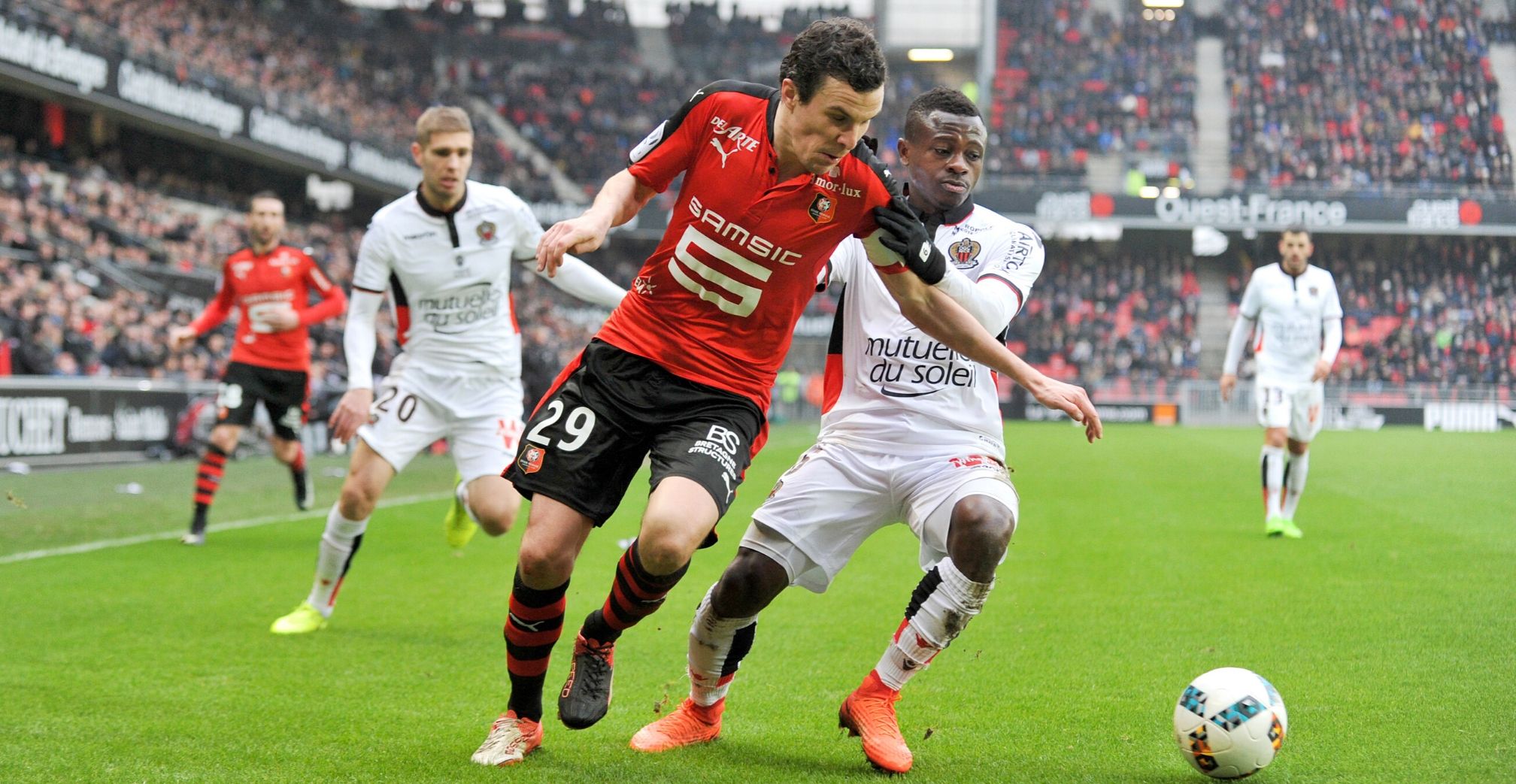
Club colours
Rennes wore sky blue and navy blue in their very early days before adopting the red and black we associate with them today. The red may be a nod to the fact that Rennes was once known as “La Ville Rouge” (The Red City) because of the colour of the ramparts which once surrounded the city. These days the club’s shirts are in distinctive red and black halves. Since the 1970s, the club’s badge has featured two white stoats holding a football on a red and black background.
CLUB ICONS
Yves Boutet
A defender who has made more appearances for the club than anyone else, with 394 appearances between 1955 and 1967. He was the captain of the great Rennes team that won the Coupe de France in 1965, their first major silverware, while finishing fourth that same season. He later revealed that he went to bed with the trophy after the final, sleeping with it by his side.
Louis Cardiet
One of the few Rennes players to feature in both Coupe de France-winning sides in 1965 and 1971, defender Cardiet captained the team in the latter final. He went on to play 328 games for the club, leaving him fourth in their list of all-time appearance-makers. A Brittany native, he also won six caps for France in the late 1960s. Cardiet died on April 28 at the age of 77.
Jean Prouff
A Brittany native who played for Rennes and France in the 1940s and 1950s, Prouff also won a league title on the field with Reims in 1949. He went on to become a well-travelled coach, notably winning the Belgian title with Standard de Liège before returning to Rennes as manager in 1964. His first season as coach is still the best in the club’s history, as Les Rouge et Noir finished fourth in the league and won the Coupe de France. He led them to sixth in 1966 and then another Coupe de France triumph in 1971 before moving upstairs the following year and leaving the club in 1973. He remains the club’s longest-serving coach.
Romain Danzé
The finest servant Rennes have had in the 21st century, Danzé was born in Brittany and came through the youth ranks before making his top-team debut in 2006 at the age of 20. A right-back, he was perhaps unfortunate to feature for Rennes in three Cup finals - captaining the side in the 2013 Coupe de la Ligue final and the 2014 Coupe de France final - only to lose them all. Nevertheless, Danzé went on to make 376 appearances for the club, leaving him second only to Boutet in the all-time list, before retiring in 2019.
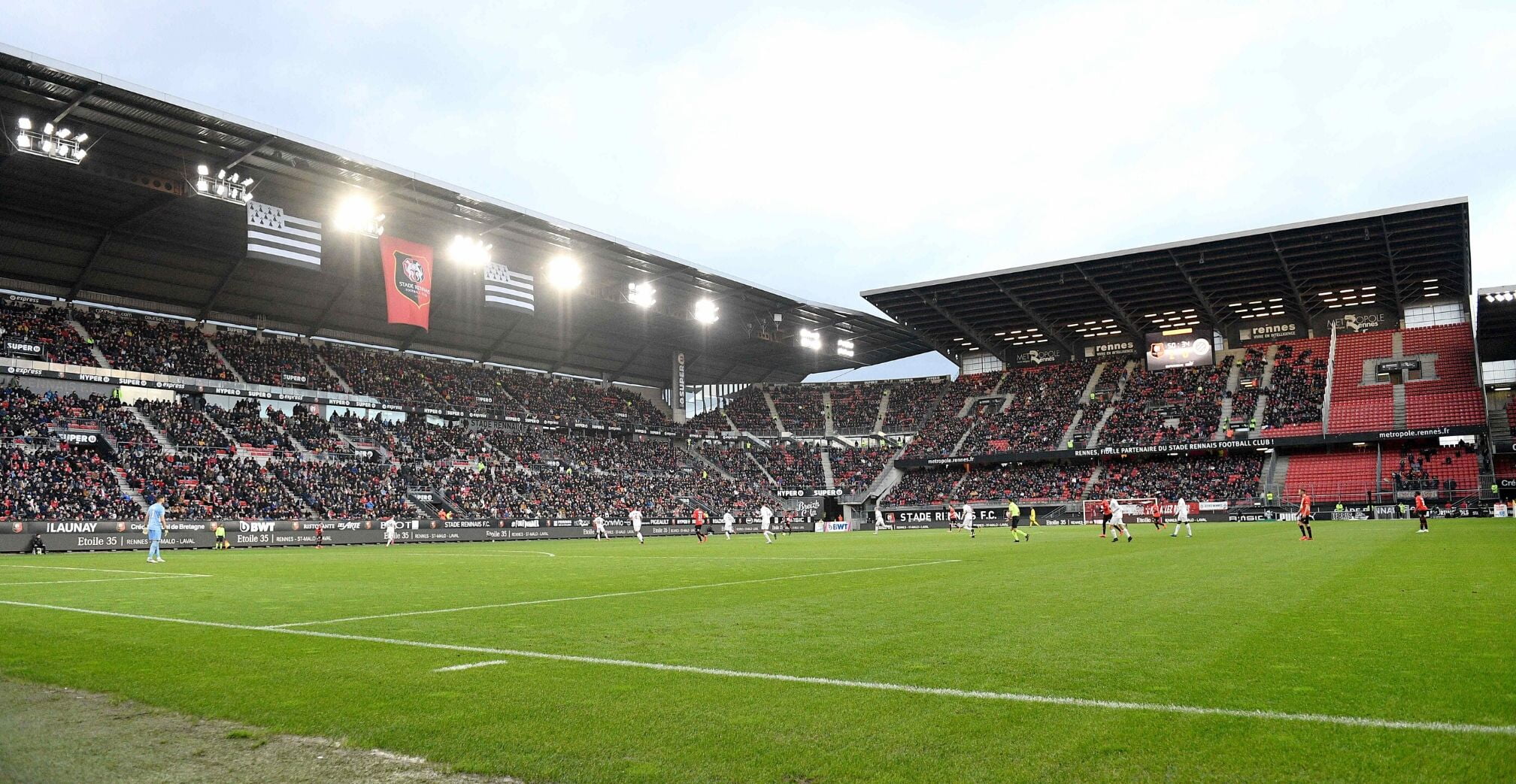
Stadium: Roazhon Park
Capacity: 29,778
This has been home for Rennes since 1912 but it has changed a lot down the years, undergoing extensive renovations in the 1950s and 1980s before being almost completely rebuilt over several years starting in the late 1990s.
Situated on the banks of the Vilaine to the west of the city centre, the stadium was called the Stade de la Route de Lorient before being renamed Roazhon Park in 2015. In the capital of Brittany, Rennes are proud of their roots and Roazhon is the Breton name for the city.
Did you know?
The galette-saucisse is a local speciality in Rennes, a bit like a Brittany take on a hot dog, with the grilled sausage wrapped in a buckwheat galette. It is a delicious snack and a must-try for anyone heading to a match at Roazhon Park. As you approach the ground, you will be taken in by the smell of the sausages being prepared in food stands outside the stadium as well as in the ground.

